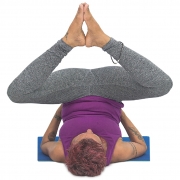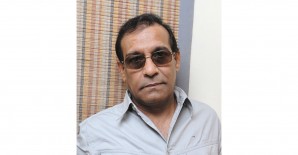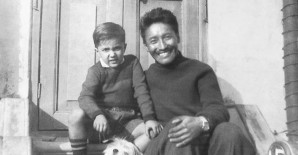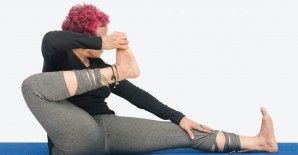
Columns
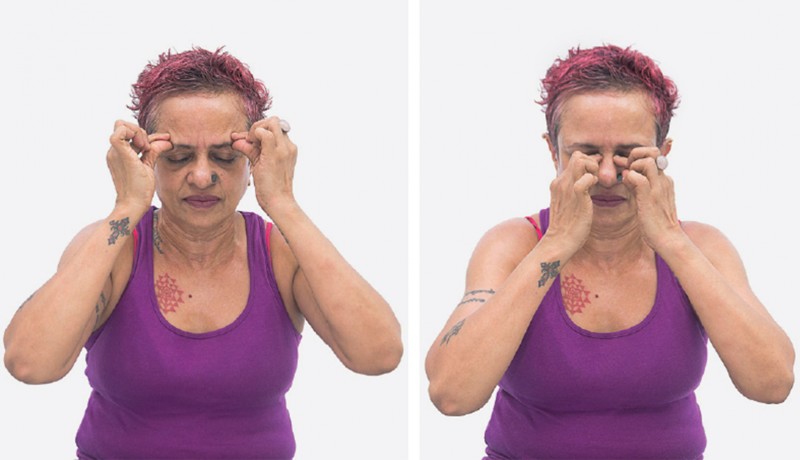
Shameem Akthar recommends regular practice to safeguard you from sinus attacks
Chronic victims of sinus problems know one thing for sure: they are going to get it again, and again. Indeed, it’s a recurrent ailment to which some people are more prone. For those who suffer from it, anything can set it off. Though the rest of the world brushes it off as normal, victims have such painful symptoms during an attack that they want to just crawl away from the demands of life. Yet, as sinusitis doesn’t come in the category of a ‘serious ailment’, they are expected to grin and bear it. Typically, medical treatment can also offer only palliatives, advising you to wait for the attack to blow itself off.
Some triggers that may be medically addressed are nasal polyps or a deviated nasal septum. But where allergies trigger it, the only way is to ensure that you avoid them. This is easier said than done because there may be a cluster of allergic triggers that may be difficult to identify.
Yoga can offer a lot of relief to people who suffer from sinus attacks as it enables you to build a strong, preventive armour. The first line of defence in yoga is to cultivate a regular practice—a daily practice is ideal. Include breathing (pranayama) practices as they weed out psychosomatic triggers; we are prone to fall ill when we are overwhelmed by stress. The other reason for a regular pranayama practice stems from the fact that the sinus cavities (four pairs in the skull) are the pathways of our breath. They keep it moist, clear it of debris and regulate it to the temperature ideal for our lungs. The mucus generated normally has anti-bacterial properties. So a regular pranayama practice acts as a maintenance ritual for this mechanism.
Skull-cleansing breathing practice (kapalbhati) and bellows breath (bhastrika) relieve congestion. In fact, they may be practised in a gentle fashion even during an attack. Other necessary core sets of practices are chestopeners, like the cobra pose (bhujangasana), which also excites the muscles of the face, creating a positive tension that affects the sinus cavities underneath. Back-bends also expand lung capacity and, more important, boost your overall immunity levels by impacting the thymus gland at the chest. Inversions, such as the psychic union pose (viparitakarani mudra), decongest the lungs powerfully. Gentle variations, with props like a bolster, may be attempted. And the lion-roaring practice (simhagarjasana) and the downward-facing dog pose (adhomukhasvanasana) also relieve congestion.
YOGIC MOVES
Lotus shoulder-stand (Padmasana sarvangasana)
Attempt this if you are already adept at the shoulder stand and the lotus pose. Lie back with both legs stretched out. Inhale. Exhaling, hoist your hips up, simultaneously propping your palms at the waist by bending your elbows. Your arms should remain bent at the elbows with the body resting on the shoulders and upper arms. Breathe normally throughout. If comfortable at this point, you can wrap your legs in the lotus pose. Some practitioners prefer to wrap their legs while on the floor into the lotus and hoist the hips up. Both methods are fine. In case you cannot do the lotus, bend your right leg at the knee to drop your right ankle at the left hip (half lotus/ardhapadmasana). Hold for a while and repeat for the same duration on the other leg. To exit the pose, release your legs back to the basic shoulderstand. Extend your arms behind you on the mat and roll your hips gently back to the ground.
KNOW YOUR KRIYA
Skull-cleansing ritual (Kapalarandhradhauti)
Sit in a meditative posture. Use your thumb and index finger to do this gentle facial massage. Place the two fingers where your eyebrow begins, drawing a firm yet gentle circle along the eye socket. Do thrice. Repeat for the other side. There are several other such gentle massaging movements for relieving congestion but they are better learnt under supervision. Practise this regularly—it also keeps the face young by clearing wrinkles and crow’s feet and encouraging lymphatic drainage to remove puffiness.
Shameem Akthar is a Mumbai-based yoga acharya. If you have any queries for her, mail us or email at contact.us@harmonyindia.org. (Please consult your physician before following the advice given here)
Photos: Haresh Patel Featured in Harmony — Celebrate Age Magazine September 2018
you may also like to read
-
Mental workout
Mukul Sharma tells you how to keep those grey cells ticking Everyone will ultimately lose his or her brain….
-
Helpline
Dr Harshbir Rana answers your queries on personal and social issues related to ageing, elder care and intergenerational relationships ….
-
Off the cuff
Raju Mukherji pays tribute to his first hero, Tenzing Norgay, an exemplary mountaineer Darjeeling, 1955. Dr ‘Pahari’ Guha Mazumdar….
-
Yoga RX
Shameem Akthar shows ways to control debilitating ankle pain through regular practice Ankle pain is so common and prevalent….



